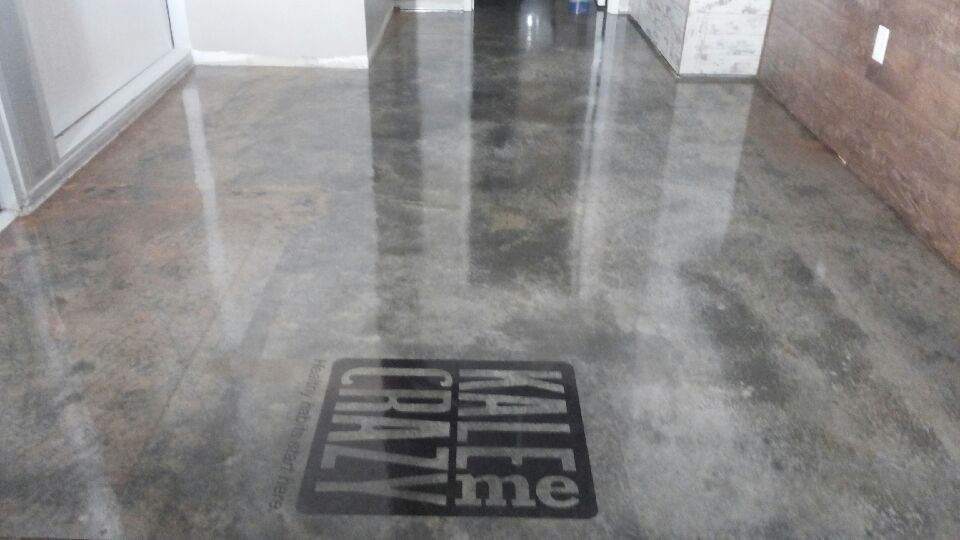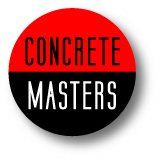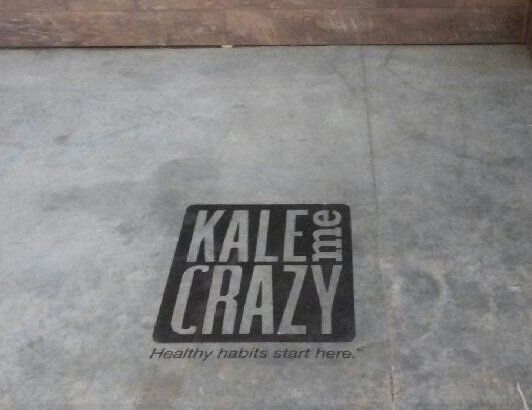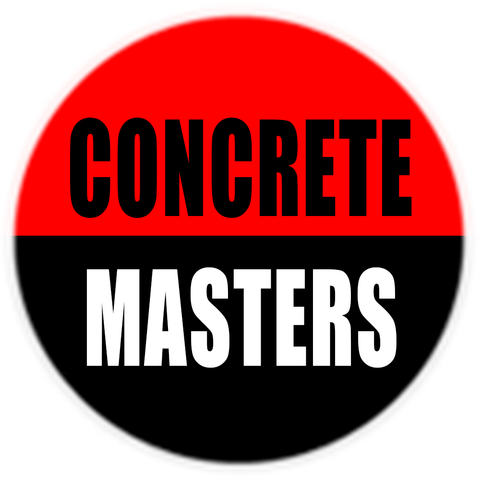Vapor Remediation
Is Moisture
Ruining Your Floors?
Because concrete is porous, it is at high risk for moisture vapor, the more porosity the greater the risk of damage. Moisture damage can occur shortly after installation or at a future date. Major contributors for porosity include too much water in the concrete mix, too much alkali in the slab, not enough time for curing, rain seepage because of insufficient roofing, an inadequate HVAC climate control and a landscape design that fails to move water away from the building.
Get free quote
Contact Us
We will get back to you as soon as possible.
Please try again later.
Do Your Floors
Need Maintenance?
Remediation or Maintenance Questions?
Call Today Us for Exceptional Service!
Reasons
for Vapor Remediation

As Benjamin Franklin once said, “An ounce of prevention is worth a pound of cure.” This is certainly true in Atlanta vapor remediation. Often times moisture problems, while difficult to completely remove, can be minimized. There are five steps in controlling moisture.
- Have a quality vapor barrier installed; be certain there are no cracks or holes.
- When mixing the concrete, use a low water to cement ratio.
- Once concrete has set, score or texture the surface to make it easier for any flooring adhesives to stick.
- Do not re-wet the slab, unless completely unavoidable.
- Have a HVAC system that is totally functional and operational according to the environmental standards.
In addition to these preventative measures, several tests can be done to determine if a concrete slab is ready for a decorative finish or covering. It is recommended that more than one test be used, to ensure that vapor remediation is a minimal risk.

How to...
More than a dozen vapor remediation tests can be done before installing flooring. However, it is not necessary to have all of them performed; but to avoid them is a surefire way to have serious issues in the future.
Also of importance in the testing is the timing. Ideally, tests should be taken at the beginning to get benchmarks, a week after the HVAC system has been turned on, and later on after any adjustments to the HVAC system have been made.
Some of the most common moisture tests include the following:
- Plastic Sheet Test (ASTM 4263) – An 18×18” piece of clear 4 mils plastic is taped to the concrete; 16 hours later the sheet is checked for moisture.
- Calcium Chloride Test (ASTM 1869) – This determines the rate of moisture vapor emitted from the slab. The results are measured in pounds of moisture over a 1,000 square feet area over a 24-hour period. It will show the emission rate based on current conditions. The test is done by selecting a test site then measuring the initial weight of the calcium chloride drying agent. A weighed dish is then place in the testing area. A plastic cover is then placed over the known area over the dish and tape securely to the concrete slab. After 72-hours, the cover is removed and the dish of calcium chloride is reweighed to determine how much moisture was absorbed. Ideally, there should be at least three of these tests done for the first 1,000 sq. ft. and then one more test for each additional 1,000 ft2. The maximum weighed result allowed is three pounds per 1,000 square feet in 24 hours.
- Relativity Humidity Test (ASTM F 2420) – This method uses a hood and a probe measurement. It provides a quantitative determination of percent relative humidity above the surface of concrete. It must be done on a clean slab, will take 72-hours before results can be read and will typically be performed in three places within the first 1,000 square feetand then 1 more test for each additional 1,000 square feet.
- In-Situ probe Method (ASTM F 2170) – This is method offers two procedures, one for hardened concrete and one for fresh concrete. Like the others, there should be at least three of these tests done for the first 1,000 square feet and then one more test for each additional 1,000 square feet. The acceptable result for the ASTM F 2170, under 75% humidity is a moisture level of 5%.
Thanks to a better understanding of moisture problems, the Atlanta Concrete Masters team is equipped to detect if a slab concrete substrate has unacceptable levels moisture and uses vapor remediation prior to any decorative concrete finishes.
Headquarters Location
3311 Chamblee Dunwoody Rd.
Atlanta, GA, 30341
Atlanta, GA, 30341
Questions? Email Us!
max@group26.com
Need Help? Call Us!
All Rights Reserved | Concrete Masters




